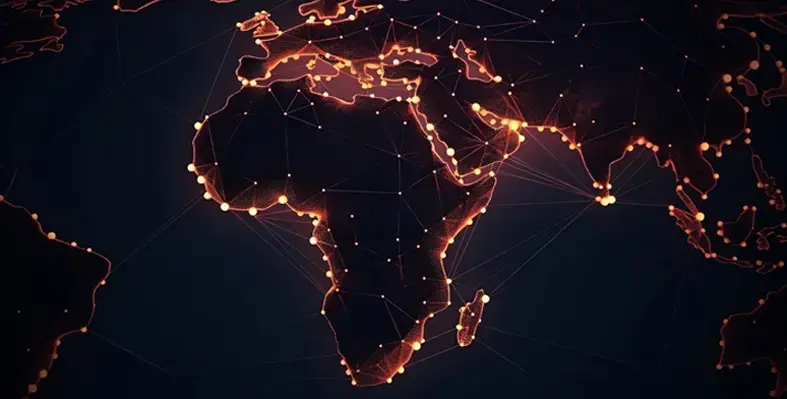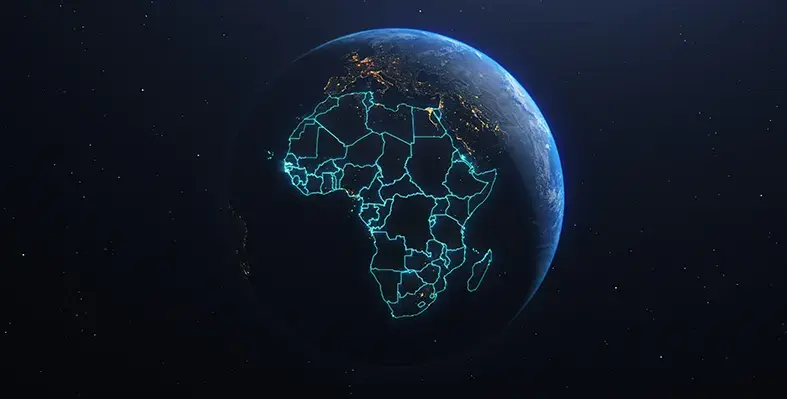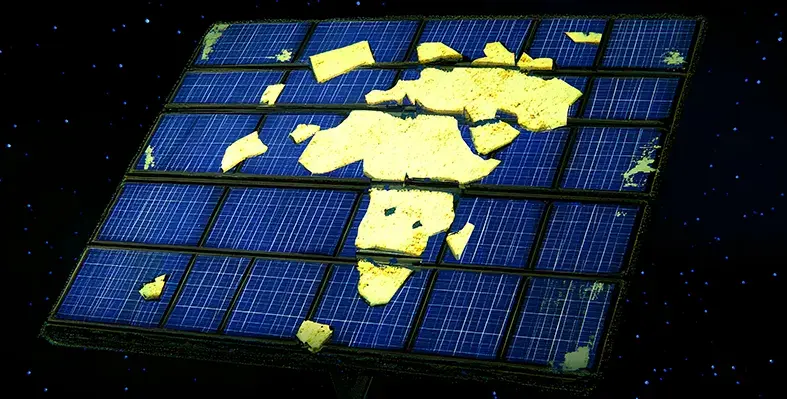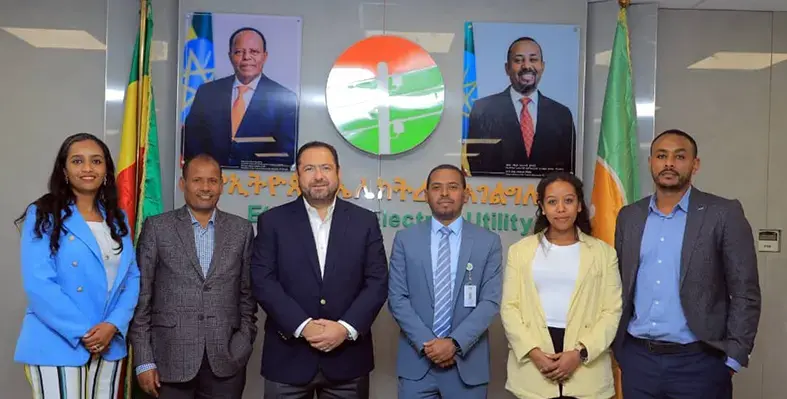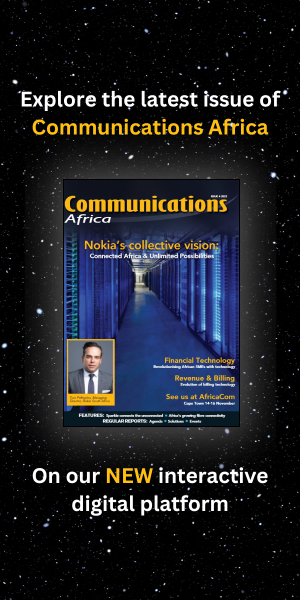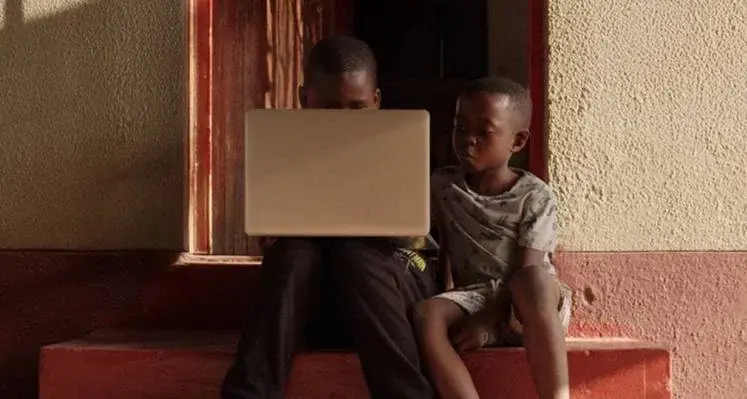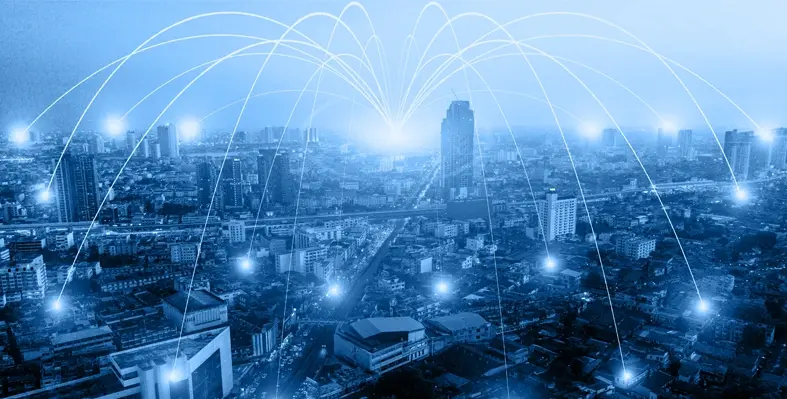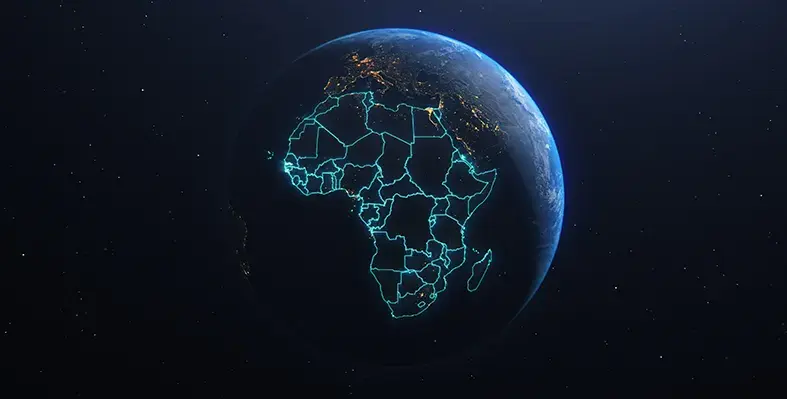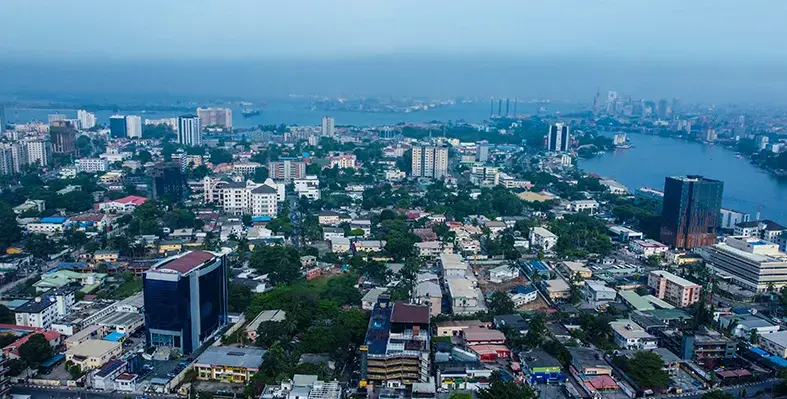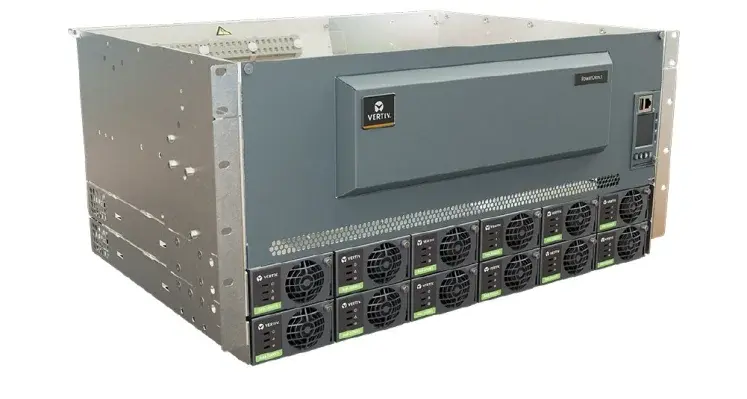Paratus Botswana has revised its Fibre-to-the-Home (FTTH) offerings and pricing structure, strengthening its position in the market by continuing to provide uncapped home internet with low contention ratios and zero fair usage limitations, a notable contrast to typical industry practices
The FTTH service remains accessible across most of Gaborone, subject to feasibility checks.
The new updates mirror shifting consumer expectations, as more households seek higher speeds, reduced costs, and shorter contractual terms. Reflecting these preferences, Paratus has phased out 36-month agreements and standardised its contracts to 12 months, while still offering a 24-month option for users wanting lower monthly fees. Current customers with active contracts will also benefit from speed upgrades aligned with the value of their existing plans, ensuring that service performance matches evolving usage needs.
Commenting on these changes, Shawn Bruwer, Managing Director of Paratus Botswana, says, “The demand for higher internet speeds at home has increased dramatically due to popularity of social media, streaming services and higher definition media. Older packages are now obsolete and frustrating. Anticipating this increase in demand, Paratus invested significantly into our privately-owned network to accommodate exponentially more bandwidth for Botswana, and maintaining what we are known for – quality, great service and reliability.”
In locations where fibre has yet to be deployed, Paratus has also revised the pricing of its SKY-Fi fixed wireless service. SKY-Fi continues to be offered as an uncapped solution, designed with the same low contention and no-FUP approach, backed by the company’s carrier-grade backbone and international connections. To keep pace with advancements in fibre, Paratus has tested and begun deploying new fixed wireless technologies capable of delivering fibre-like speeds. These enhanced SKY-Fi options are scheduled for rollout during the first half of 2026.



